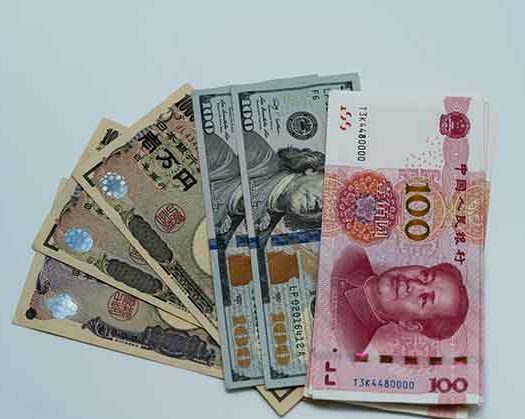Shanghai: On Tuesday, China's currency fell to its lowest value against the US dollar in over 18 months, following the central bank's announcement of a weaker-than-anticipated reference rate amid escalating trade tensions with the United States, as reported by Nikkei Asia.
The People's Bank of China's (PBOC) recent action indicates a potential change in its approach to currency stability, leading to increased market speculation about further depreciation.
The onshore yuan dropped to 7.34 per US dollar, marking its lowest level since September 2023. Simultaneously, the more freely traded offshore yuan also decreased, reaching approximately 7.352 per dollar. This decline followed the PBOC's decision to set the daily reference rate at 7.2038, down from 7.198 the day before, which suggests a weaker trading range for the yuan in mainland China.
By lowering the midpoint rate, the PBOC seems to be permitting the tightly controlled yuan to depreciate in an effort to mitigate the economic repercussions of rising US tariffs.
On Monday, US President Donald Trump threatened to impose an additional 50 percent tariff on Chinese goods unless Beijing retracts its retaliatory measures. This prompted a strong reaction from China's Ministry of Commerce, which labeled the threat as "another mistake" and pledged to "fight to the end," according to Nikkei Asia.
China's Foreign Affairs Ministry spokesperson, Mao Ning, shared a video of Chairman Mao with a brief message stating, "We are Chinese. We are not afraid of provocations. We don't back down."
In a separate development, Chinese Commerce Minister Wang Wentao held a video meeting with representatives from the EU and Malaysia, the current chair of ASEAN. They engaged in a thorough and open discussion about enhancing bilateral economic and trade cooperation and addressing the reciprocal tariffs imposed by the US.
Additionally, the Chinese stock market experienced a significant rally on Thursday morning. In the A-share market, the Shanghai Composite Index opened 1.29 percent higher, the Shenzhen Component Index rose by 2.29 percent, and the ChiNext Index surged by 3.35 percent at the start of trading.










